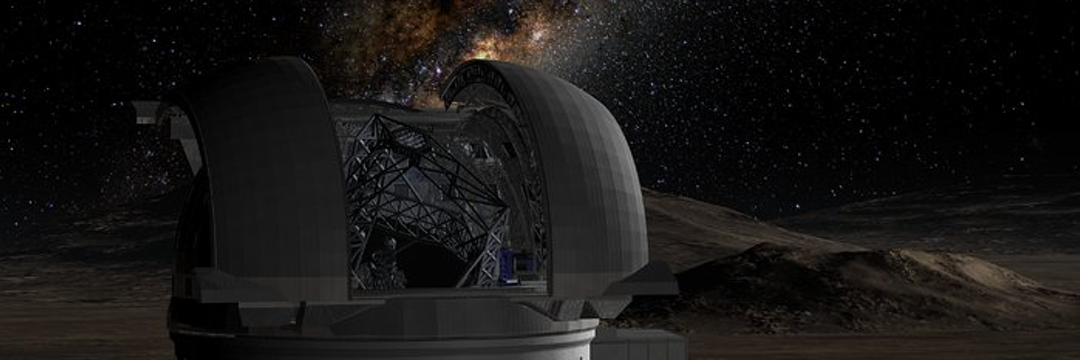
doi.org/10.1126/sciadv.ads1563
Credibility: 989
#Mars
For the first time, an aurora with a green glow, visible to the human eye, has been captured on Mars
And the one who captured this incredible moment was a robot
NASA’s Perseverance rover.
It happened on the night of March 18, 2024, in the sky above the Jezero crater, where the rover was ready to observe.
Auroras are light phenomena that appear when particles from the Sun interact with a planet’s atmosphere, guided by magnetic fields.
Here on Earth, we see colorful auroras, like the famous northern lights.
On Mars, however, all auroras observed until now were in ultraviolet tones, invisible to us.
This new discovery, with a green glow, is an important milestone.
“This green aurora shows how the Sun affects Mars.
Now that we know it exists, we can study these phenomena in simpler and cheaper ways,” physicist Elise Wright Knutsen of the University of Oslo told ScienceAlert.
“Observing auroras helps us understand how particles from the Sun interact with the atmosphere and magnetic field of Mars.”
How do auroras work on Mars?
Auroras occur when energetic particles, usually from the Sun, are guided by a planet’s magnetic field into its atmosphere.
There, they collide with gases, such as oxygen, and create a glow.
On Earth, we have a strong magnetic field that forms a protective “bubble” around the planet, which helps create bright, structured auroras, especially at the poles.
Mars, on the other hand, has a very thin atmosphere, with only 2% of the density of Earth’s atmosphere, and a weak and irregular magnetic field.
This field exists only in a few areas, where magnetized minerals in the Martian crust preserve remnants of a magnetic field that the planet once had.
Even so, these regions are enough to create auroras, but until now we’ve only seen them in ultraviolet light.
Knutsen and his team studied these ultraviolet auroras and found that under certain conditions, there should also be a green glow.
That’s because when electrons in the Martian atmosphere interact with oxygen, they emit light at different wavelengths, including the green that we can see.
A challenge in capturing the green aurora
Finding this green glow wasn’t easy.
Most of the equipment on Mars is designed to observe during the day, not to capture faint light at night.
In addition, Martian auroras are much more subtle than those on Earth.
To have a chance of seeing one, scientists would have to wait for a very powerful solar flare, such as a coronal mass ejection, which sends billions of tons of charged particles into space.
On March 15, 2024, one of those solar flares happened, and the team was ready.
Perseverance, equipped with instruments capable of detecting green light, was quickly deployed.
Three days later, the rover recorded the glow in the Martian sky, at 557.7 nanometers – the green light of ionized oxygen.
What does the green aurora on Mars look like?
Although it’s the same color as the green auroras on Earth, the auroras on Mars are quite different.
“On Earth, the auroras form bright, structured ribbons.
On Mars, the entire sky glows green, uniformly, no matter if you’re at the equator or near the poles,” Knutsen said.
But even if we were on Mars, we might not see the color as well, because the glow is dim and our eyes don’t distinguish colors as well in dim light.

What’s next?>
This was the team’s fourth attempt to capture the green aurora with Perseverance, which shows that not every solar flare produces this phenomenon.
Now, scientists want to observe more auroras to better understand how they occur on Mars, what types of solar storms cause them, and if there are patterns to discover.
“I’m really excited about the possibilities this discovery brings.
I want to understand which solar storms cause these auroras and more,” said Knutsen.
“And of course, it’s amazing to imagine the red planet glowing green!?
This discovery opens new doors for studying Mars and makes us even more curious about what future human explorers will see when they reach the red planet.
Published in 05/16/2025 09h19
Text adapted by AI (Grok) and translated via Google API in the English version. Images from public image libraries or credits in the caption. Information about DOI, author and institution can be found in the body of the article.
Reference article:
Original study:
| Geoprocessing Drone Systems HPC |

| ERP and CRM Systems Mobile Systems AI |


